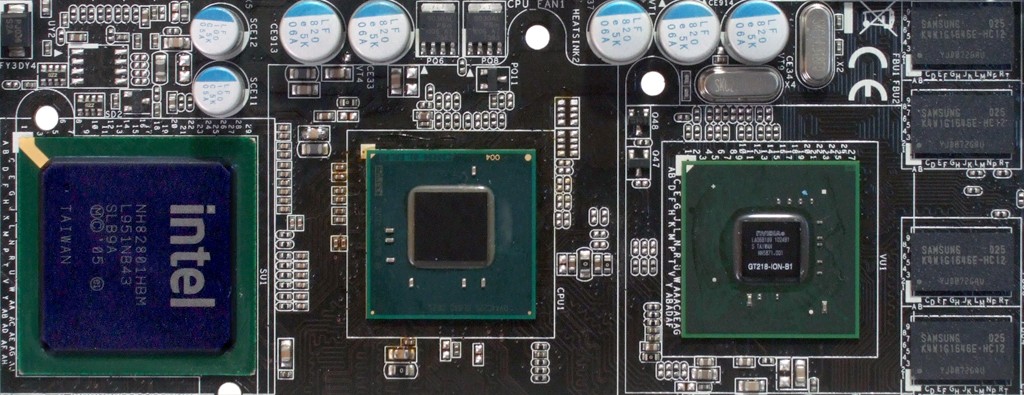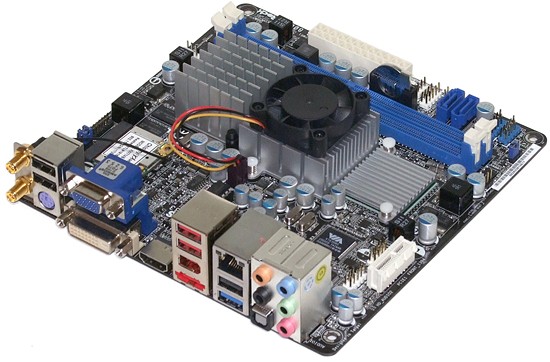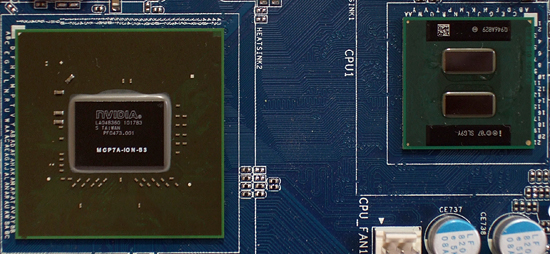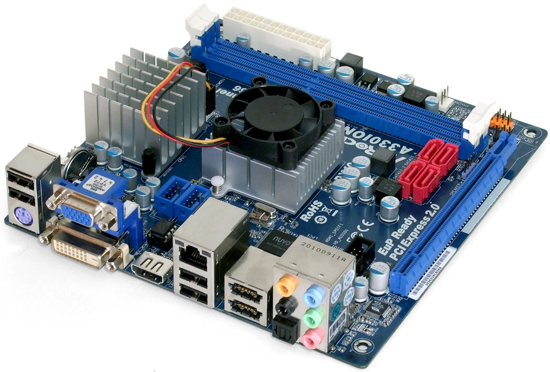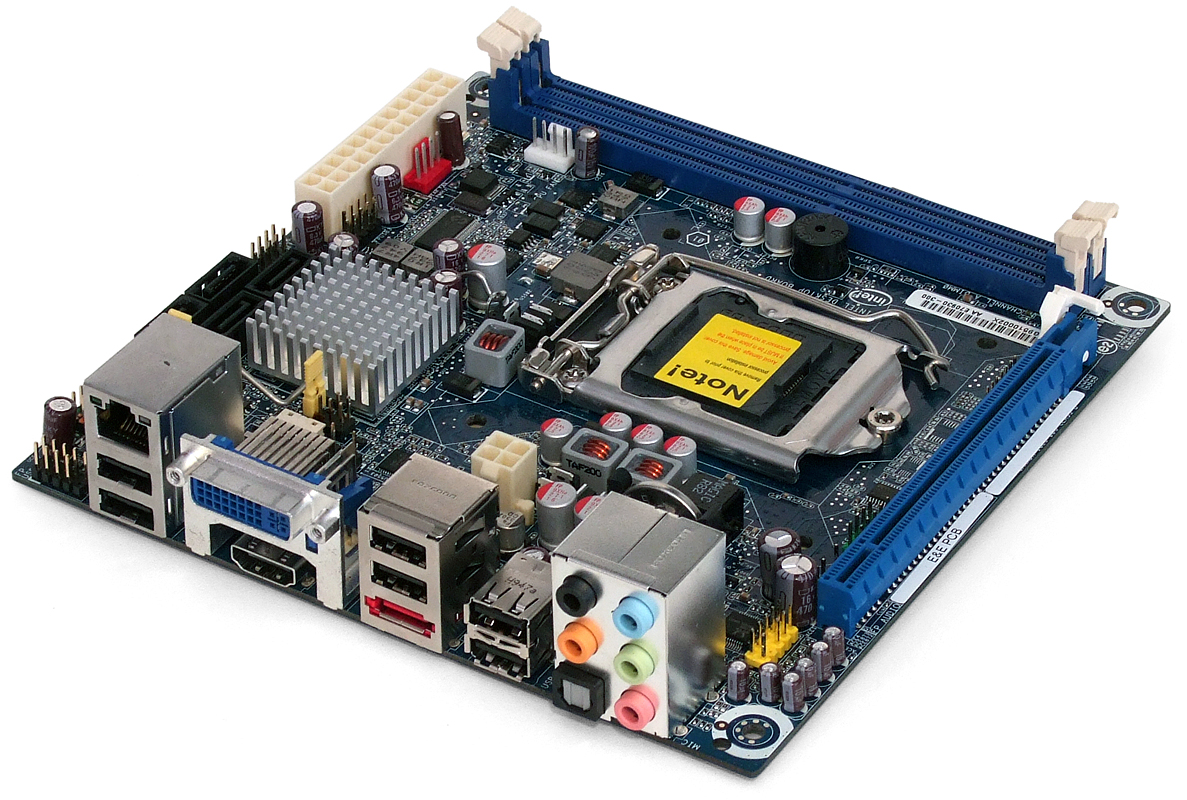Preview: VIA VN1000 And Nano DC Platform: An IGP With Game?
It's been a long time since we've previewed a VIA chipset. And yet, here we are with an S3-based DX10 GPU that VIA claims is ready for gaming. How does the VN1000 compare to Intel's Atom and Nvidia's ION? Is it strong enough to ward off Core i3?
Competing Platforms
VIA’s main claim here is that the Chrome 520 IGP is the most powerful integrated part in its market. That claim might be true, since Intel’s second-generation Atom isn’t supported by Nvidia’s ION integrated chipset.
Yet, because Intel’s newest Atom doesn’t require a separate northbridge (graphics and memory control have migrated into the processor itself), Nvidia’s “Next-Generation ION” add-in GPU brings the platform chip count to three--the same number as VIA.
Well, a few memory chips are also required, but discrete memory for graphics usually boosts its performance while sipping very little additional energy.
ASRock’s new ION3D-ITX motherboard carries the new hardware, complete with the old DDR2 standard that Intel chose for its latest low-energy processor. In light of the power difference, reduced cost is the only reason we can think of for Intel not to choose low-voltage DDR3.
Intel’s previous-generation dual-core Atom used two separate single-core processor dies on one integrated package. Counting those two parts as one unit and adding it to Nvidia’s first-generation ION single-component chipset, this two-component platform is simpler than VIA’s solution.
ASRock’s A330ION motherboard represents the first-generation ION platform, using Intel’s “end-of-life” Atom 330 processor.
Although most of our benchmarks here revolve around comparing the VIA platform to both Atom-based boards, we thought it'd be interest to add Intel's Core i3-530 to the mix as well, factoring in the on-package HD Graphics solution. Can VIA's northbridge-based controller compete? We dropped the entry-level Core i3 onto Intel's own DH57JG mini-ITX motherboard.
Get Tom's Hardware's best news and in-depth reviews, straight to your inbox.
-
Ramar I'm interested, but I guarantee that I won't be by the time this is actually released.Reply
Technology seems to be the one thing in which the underdog third-party can't seem to do better. = -
luke904 im glad they are making a good try. I believe they will be on par (or maybe even better than an intel and ion platform) by the time the chip is manufactured at 40nm and drivers are finalized.Reply -
CTPAHHIK D525 and ION2 is expensive combination. If VIA can deliver at price level of D400 series with ION2 or cheaper it would put good pressure on Intel.Reply
nVidia was late to market with GTX460, but given it's price point a lot of pressure was put on ATI. -
firebee1991 Very interesting. While they should take their time and not try and get into the market too quickly, I would be happy to have a third competitor to Intel and AMD. The more competition the better.Reply -
super_tycoon Oh good, Tom's did examine the performance of a d525/ion2 platform. For this, I am pleased, even if they chose relatively intense dx10 games, not oldish dx9 ones.... point being I still love my 1215n. The i3 efficiency is damning though, too bad all the optimus ultraportables are (imho) way overpriced.Reply
However, when the new shrunken processor arrives, I think Tom's should also include netbook-like tests. These low-energy platforms aren't meant to encode videos or apply 100 photoshop filters to a terabyte tiff. The atom was specifically built to reduce cpu overhead (it doesn't even have out-of-order execution). Maybe toss in a ulv i3 if you can scrounge one up. So ya, I'll be waiting. -
Jarmo Doesn't this remind me of previous S3 GPU offerings?Reply
Pretty decent low end performance... if the drivers were up to the task. But they're not.
The shipping product needs to be rock solid if Via wants to overcome the suspicion.
5 bucks cheaper but doesn't work... is not the way. -
sudeshc At least they are trying and seems like a good one. They should speed up things a bit.Reply
